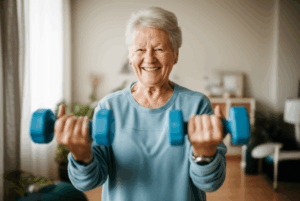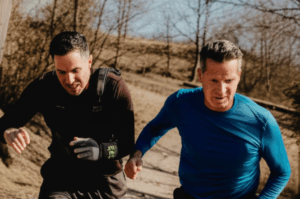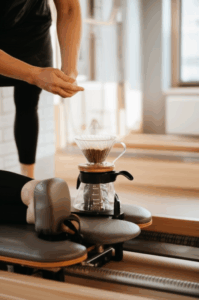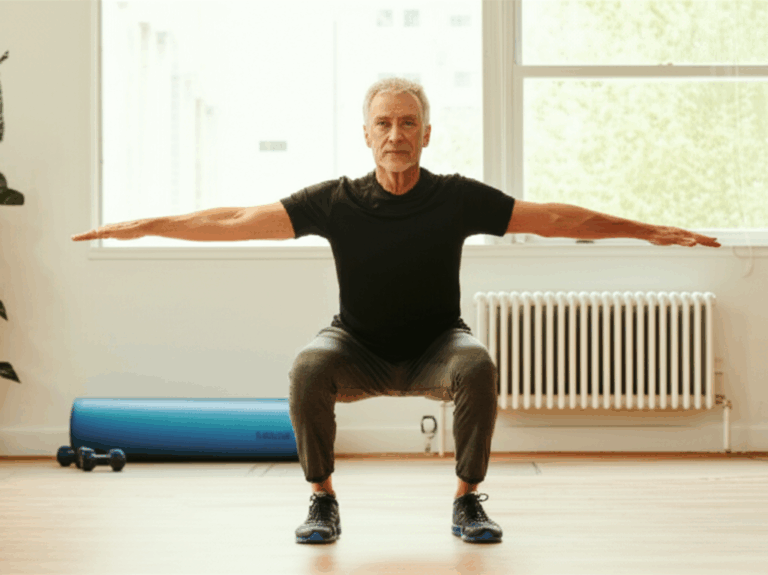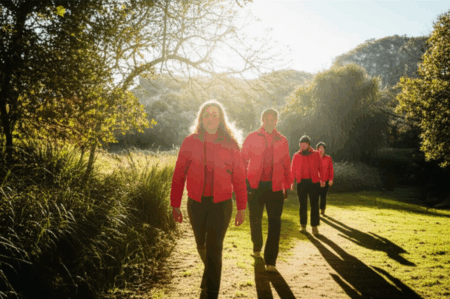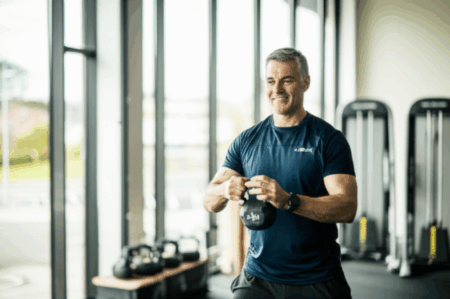At 71, many envision a life of slowing down, but for one seasoned personal trainer, age is merely a number — and a testament to the power of consistent, equipment-free exercise. This expert champion of fitness firmly believes that maintaining vitality and strength doesn’t require a gym membership or bulky machinery, advocating instead for a single, accessible workout that leverages the most fundamental tool available: your own body.
This trainer’s philosophy centers on functional movement and sustained independence, proving that a well-chosen bodyweight routine can be just as effective as traditional weightlifting for older adults. The focus is on exercises that mimic daily activities, helping to counteract age-related muscle loss, improve balance, and enhance overall mobility for a resilient body and an active life.
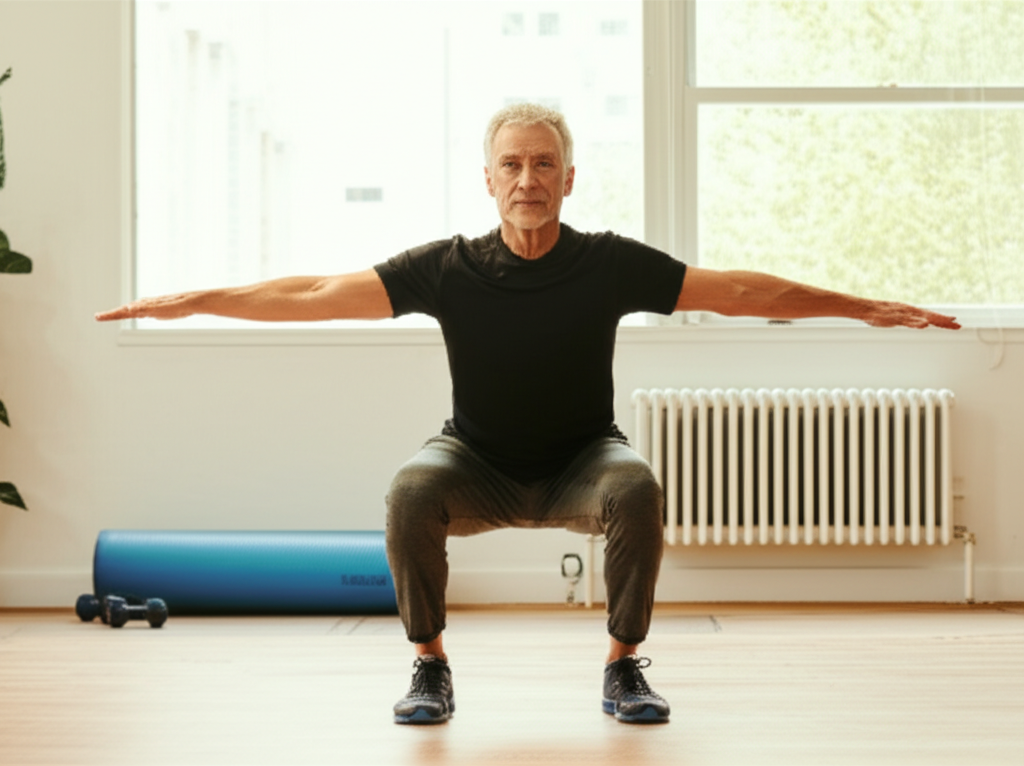
The Enduring Power of Bodyweight Training for Seniors
Bodyweight exercises, also known as calisthenics, utilize an individual’s own weight to create resistance against gravity. This form of training is increasingly popular due to its accessibility and effectiveness across various age groups, particularly for older adults. The benefits are multifaceted, addressing key areas that often see decline with age:
- Muscle Mass and Strength: Studies show strong evidence that resistance exercises, including bodyweight training, can effectively counter age-related muscle mass loss (sarcopenia), muscle weakness, and loss of mobility. A 2025 meta-analysis of studies involving older adults even found that bodyweight training led to substantial strength gains comparable to those achieved with free weights or machines.
- Joint Health and Flexibility: Bodyweight exercises are gentle on the joints, making them ideal for individuals with arthritis or mobility concerns. They allow muscles to work through a greater range of motion compared to many loaded exercises, promoting flexibility and joint health.
- Balance and Stability: Functional movements like squats and lunges, central to bodyweight routines, enhance overall strength, stability, and coordination. Strengthening the core and leg muscles specifically helps to reduce the risk of falls, a common concern for seniors.
- Functional Movement: These exercises build practical strength that translates directly to everyday actions, such as rising from a chair, climbing stairs, or pushing up from the floor.
- Mental Well-being: Regular physical activity, including bodyweight exercises, stimulates the release of endorphins, which can reduce stress and improve mood and mental clarity.
- Bone Density: Bodyweight training can help improve bone density, reducing the risk of osteoporosis.
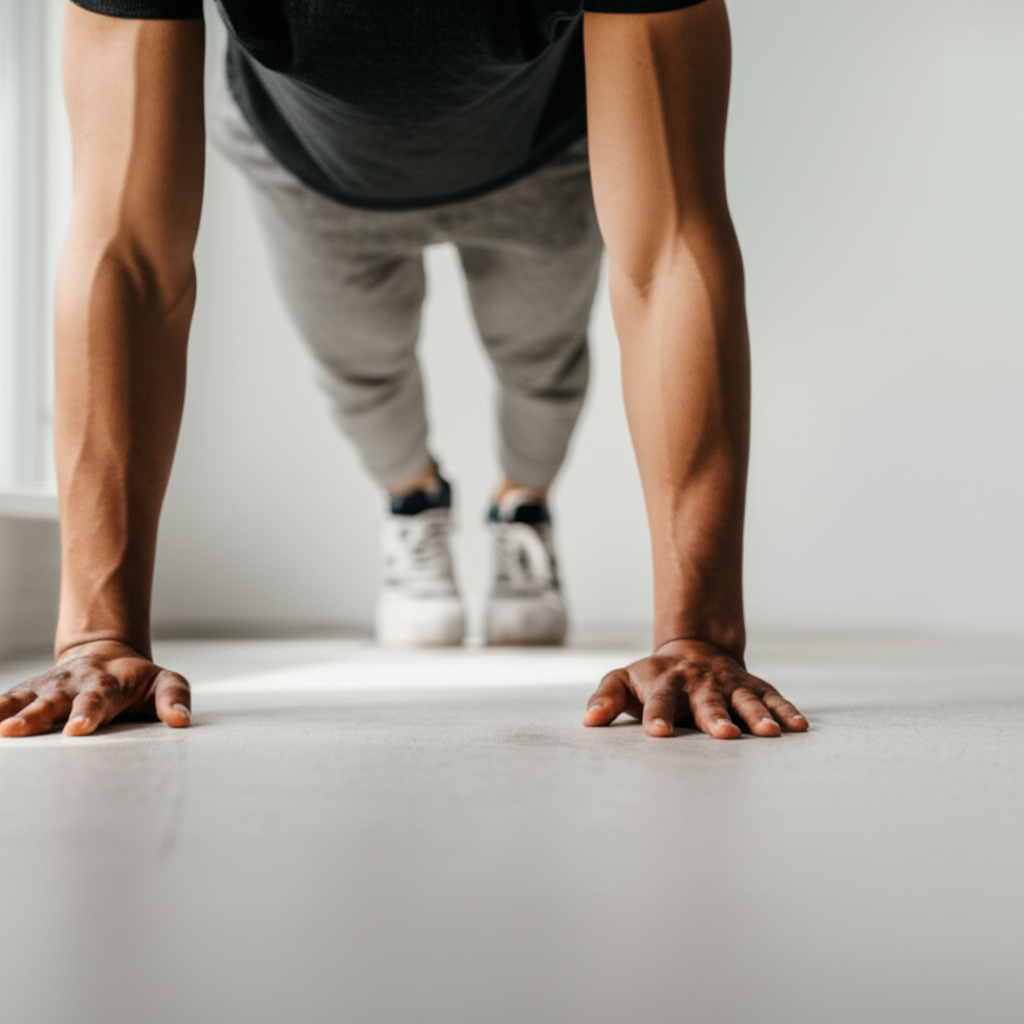
The Core of the Equipment-Free Workout
The 71-year-old trainer’s cherished workout focuses on compound movements that engage multiple muscle groups simultaneously, providing a comprehensive full-body challenge. This routine can be modified to suit various fitness levels, from beginners to more advanced individuals. Always remember to consult your doctor before starting any new exercise program, especially if you have chronic conditions or haven’t exercised recently.
Here are the foundational exercises that form the bedrock of this effective, no-equipment regimen:
1. Squats (and Chair Squats)
Squats are fundamental for building leg strength, balance, and hip mobility, essential for daily tasks like standing up from a chair or picking something up from a low position.
- How to do it: Stand with your feet shoulder-width apart, toes pointing slightly outward. Hold your arms straight out for balance. Push your hips back as if sitting into a chair, bending your knees to lower your body. Go as deep as comfortable while keeping your heels flat and chest upright. Drive through your heels to return to standing, squeezing your glutes at the top.
- Modification: For those who need to build strength, chair squats (or sit-to-stands) are an excellent alternative. Stand in front of a chair, slowly lower yourself to sit, then push through your feet to stand back up, using the chair for support.
2. Wall Push-ups
Push-ups strengthen the chest, shoulders, and arms, and are crucial for functional movements like pushing yourself up from the ground.
- How to do it: Stand about two feet away from a wall, placing your hands flat against it at shoulder height and width. Keep your body in a straight line as you bend your elbows, lowering your chest towards the wall. Pause, then press through your hands to straighten your elbows and return to the start.
- Progression: As strength improves, you can increase the challenge by stepping further from the wall or progressing to incline push-ups using a sturdy countertop or table, and eventually to floor push-ups (even on knees initially).
3. Glute Bridge
This exercise targets the glutes and hamstrings, improving posture, power, and balance by engaging the posterior chain muscles that keep you upright and stable.
- How to do it: Lie on your back with your knees bent and feet flat on the floor, about hip-width apart. Press your arms to the floor for support. Push through your feet and squeeze your glutes to lift your hips into the air until your body forms a straight line from your knees to your shoulders. Pause, then slowly lower back down.
- Progression: To make it harder, try a marching glute bridge, lifting one knee to your chest while keeping hips raised, then alternating.
4. Standing Marches (or Marching on the Spot)
Standing marches boost coordination, balance, and provide light cardiovascular benefits. Every step taken in daily life is a single-leg balance challenge, and this exercise helps to prevent balance decline.
- How to do it: Stand tall with your feet hip-width apart, engaging your core. Lift one knee towards your chest, then lower it, alternating legs. Pump your arms gently back and forth. You can hold onto a chair or wall for support if needed.
- Progression: Lift knees higher and increase the pace to make it more challenging.
5. Wall Slides (Shoulder Rotation)
This exercise focuses on shoulder mobility, posture, and back strength, counteracting the effects of prolonged sitting.
- How to do it: Stand with your back against a wall, feet about 6 inches away. Press your lower back, upper back, and head against the wall. Raise your arms into a “goal post” position (elbows bent at 90 degrees, upper arms parallel to the floor). Try to keep your elbows and the backs of your hands touching the wall as you slowly slide your arms up as high as you can, then lower with control.
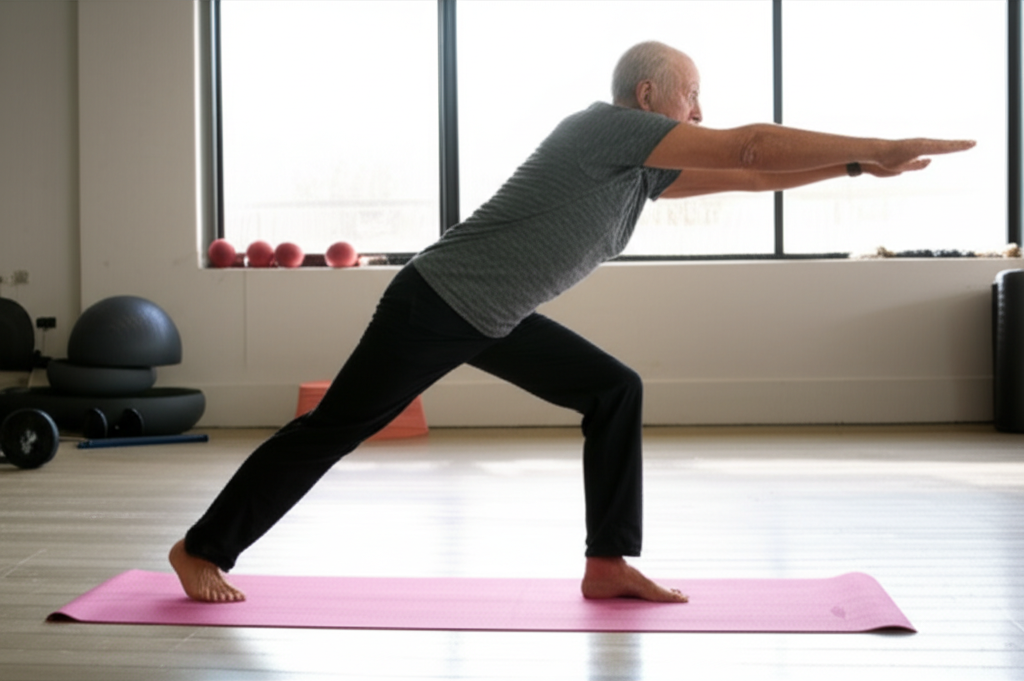
Incorporating the Workout into Your Routine
Consistency is key. The trainer suggests performing these exercises a few times a week, ensuring a warm-up beforehand and a cool-down afterward.
- Warm-up: Begin with 5-10 minutes of low-intensity cardio like marching in place or arm and leg swings to loosen muscles and increase blood flow.
- Workout Structure: Aim for 2-3 sets of 8-12 repetitions for each exercise, resting 30-60 seconds between sets. Listen to your body and adjust the intensity and duration as needed. Sharp pain is a sign to stop.
- Cool-down: Finish with static stretches to relax the body and improve flexibility.
This equipment-free workout isn’t just about building muscle; it’s about reclaiming and preserving the fundamental movements that define an independent and vibrant life. As this 71-year-old personal trainer attests, your body is your most versatile gym, capable of incredible strength and resilience at any age.

